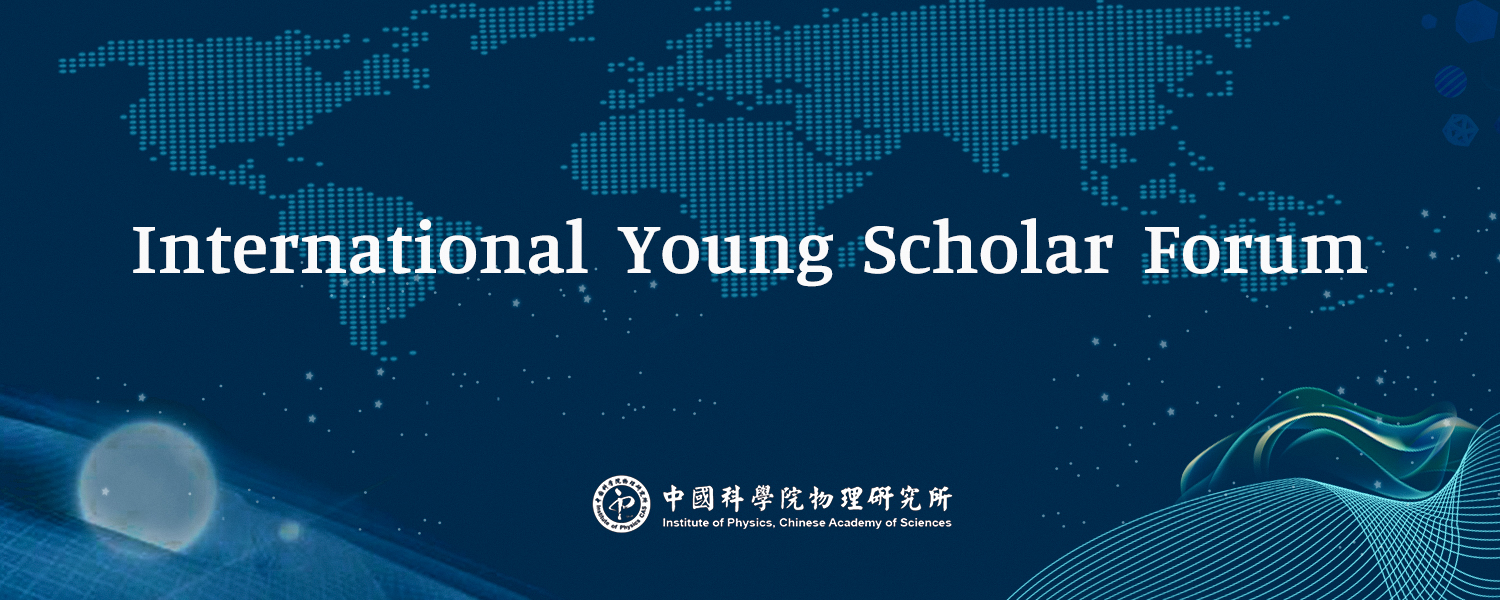Time: 10:00am, 28th July, 2020
Speaker: Dr. Danfeng Li, Department of Applied Physics, Stanford University
Abstract:
Quantum materials often involve various strong electronic interactions manifested as “many-body” physics problems. The broad agenda of designing and synthesizing materials with strongly correlated behavior, in a controllable and predictable manner, poses an exciting research frontier. In this seminar, I will present the recent discovery of superconductivity in an infinite-layer nickelate compound [D. Li et al., Nature 572, 624 (2019)] and the study of its superconducting phase diagram. This system is of particular interest due to its potential relationship with the high-Tc cuprate superconductors, in that they share a similar crystal structure and starting electronic configuration. I will also highlight the key aspects of its electronic structure, which are inherently distinct from cuprates. Finally, I will suggest how new applications of kinetic-based synthetic approaches in oxide heterostructures provide a broad opportunity to create novel quantum systems in previously inaccessible ways.
Brief CV of Dr. Danfeng:
Dr. Danfeng Li is currently a Postdoctoral Research Fellow at Stanford University. Danfeng obtained his BEng from Zhejiang University and MPhil from The Hong Kong Polytechnic University (thesis advisor: Prof. Ji-Yan Dai). Shortly after earning his PhD in the Department of Quantum Matter Physics at University of Geneva (2016; thesis advisor: Prof. Jean-Marc Triscone), Danfeng joined Stanford University as a Swiss National Science Foundation postdoctoral fellow (2017), working with Prof. Harold Hwang. His main research interests span across condensed-matter physics and materials science, with focus on atomic-scale fabrication of oxide heterostructures and nanomembranes, kinetic based synthesis of unconventional quantum materials, low-dimensional superconductivity, oxide interfaces for emergent states. In 2019, a team led by Dr. Li and Prof. Hwang discovered the first nickelate superconductor.
